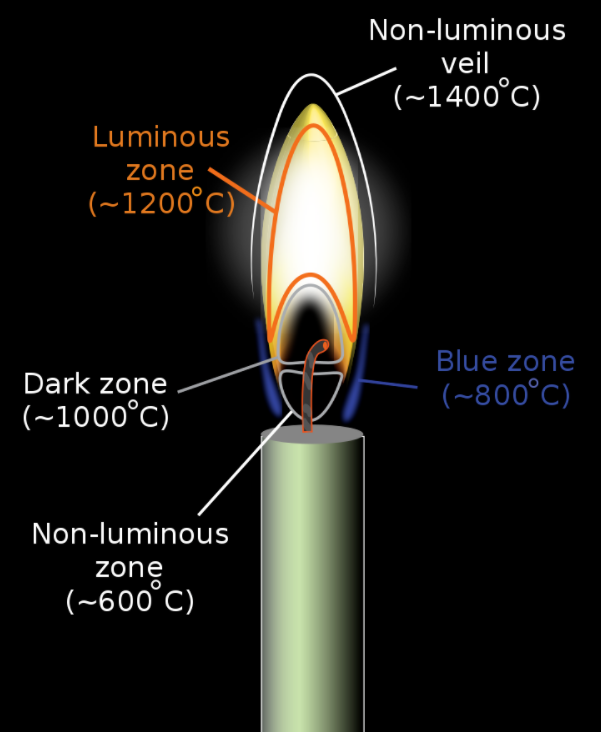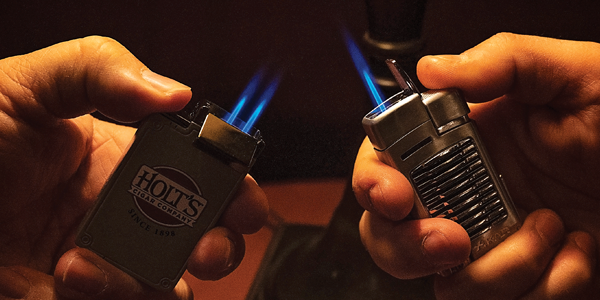How Hot Does A Lighter Burn
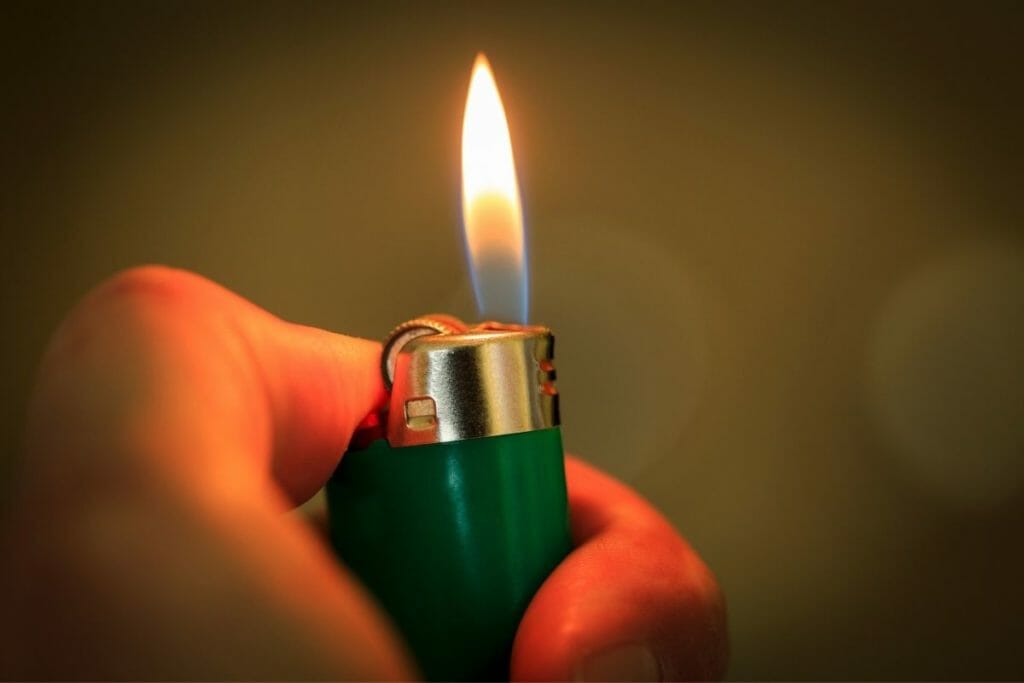
Imagine this: a crisp evening, stars beginning to pepper the darkening sky, and the comforting crackle of a campfire beckons. Someone flicks a lighter, a tiny flame dancing to life, ready to ignite the carefully stacked kindling. But have you ever paused to truly consider the power contained within that seemingly insignificant flicker? How hot does that little burst of controlled fire actually get?
The answer, surprisingly, isn't a simple number. The temperature of a lighter flame depends on a variety of factors, most notably the type of fuel it uses. While most common butane lighters burn at around 1,970 degrees Celsius (3,578 degrees Fahrenheit), other types can reach significantly higher temperatures. This is more than enough to ignite many materials, melt some metals, and, of course, provide a quick flame for all sorts of everyday tasks.
Lighters, in their myriad forms, have become ubiquitous in modern life, though their origins are more complex than one might think. The journey to the pocket-sized fire-starter we know today involved centuries of innovation and refinement.
The story begins long before the invention of the modern lighter, with the discovery and harnessing of fire itself. Early humans relied on friction and perseverance to create flames, a process that was both laborious and unpredictable.
The first self-igniting lighters appeared in the early 19th century. These early devices, often using gunpowder or chemical reactions, were far from the sleek and reliable tools we carry today.
A significant leap forward came with the invention of matches. Though not technically lighters, matches provided a portable and relatively safe way to create fire. This made life significantly easier.
However, the demand for a more durable and reusable fire source persisted. This eventually led to the development of lighters that utilized liquid fuels like naphtha.
Early naphtha lighters, like the famous Zippo, relied on a wick soaked in fuel and a flint-and-steel mechanism to create a spark. These lighters were robust and wind-resistant, making them popular among soldiers and outdoor enthusiasts.
The introduction of butane as a fuel source marked another turning point. Butane lighters are cleaner-burning, more reliable, and often refillable, contributing to their widespread adoption.
Now, let's delve into the science behind the flame. The heat produced by a lighter is a direct result of a rapid oxidation process called combustion.
When a fuel, such as butane, is exposed to an ignition source (like a spark) and oxygen, it undergoes a chemical reaction. This releases energy in the form of heat and light.
The temperature of the flame is influenced by several factors, including the type of fuel, the ratio of fuel to oxygen, and the pressure. Butane, with its relatively simple molecular structure, burns efficiently and produces a consistent flame temperature.
Other types of lighters, such as torch lighters that use pressurized butane or propane, can generate much higher temperatures. These are often used for soldering, brazing, or other applications requiring intense heat.
It's important to emphasize the difference between the flame temperature and the heat transferred to an object. While a butane lighter flame may reach nearly 2,000 degrees Celsius, the amount of heat transferred to a piece of paper, for example, will be lower due to factors like heat dissipation and the paper's thermal properties.
The heat of a lighter flame plays a surprisingly important role in various applications, both big and small.
From lighting stoves and campfires to soldering electronics and performing delicate repairs, the controlled heat of a lighter provides a convenient and reliable heat source.
In industrial settings, specialized lighters and torches are used for welding, cutting metal, and heat-treating materials. These applications require precise control over the flame temperature to achieve the desired results.
Even in the culinary world, chefs use torch lighters to caramelize sugar, sear meats, and add a finishing touch to desserts.
While lighters are incredibly useful tools, it's crucial to remember that they can also be dangerous. Careless use of a lighter can lead to burns, fires, and other accidents.
Always handle lighters responsibly, keep them out of reach of children, and never use them near flammable materials. Ensure proper ventilation when using lighters indoors.
Furthermore, it is important to dispose of lighters properly. Empty or malfunctioning lighters should be discarded according to local regulations to prevent environmental contamination and potential hazards.
Different Types of Lighters and Their Temperatures
The heat generated by a lighter depends on the type of fuel used. Below is a comparison table outlining various lighters and approximate temperatures.
Butane Lighters
Butane lighters are the most commonly used lighters, known for their reliability and ease of use. Butane burns at approximately 1,970 degrees Celsius (3,578 degrees Fahrenheit), producing a stable and consistent flame.
Naphtha Lighters (e.g., Zippo)
Naphtha lighters are iconic and durable. They typically burn at temperatures around 1,200 degrees Celsius (2,192 degrees Fahrenheit) due to the lower energy density of naphtha compared to butane.
Torch Lighters (Butane or Propane)
Torch lighters are designed to produce intense heat and are frequently used in culinary and industrial applications. They can reach temperatures between 1,300 to 2,000 degrees Celsius (2,372 to 3,632 degrees Fahrenheit), depending on the fuel and design.
Electric Lighters
Electric lighters do not use flames, but rather generate heat through an electric arc. The arc can reach temperatures sufficient to ignite materials, generally around 500 to 800 degrees Celsius (932 to 1,472 degrees Fahrenheit).
"Safety should always be a top priority when using any type of lighter," stresses Dr. Emily Carter, a fire safety expert at the National Fire Protection Association (NFPA). "Understanding the risks and taking precautions can prevent accidents and injuries."
Looking back, the evolution of the lighter reflects humanity's enduring quest to control fire. What started as a laborious process of friction and sparks has transformed into a convenient, pocket-sized tool that plays a significant role in our daily lives.
From the crackling campfire on a starlit night to the precise flame of a chef's torch, the controlled heat of a lighter continues to ignite our world in countless ways. Understanding the science and safety considerations behind this seemingly simple tool allows us to appreciate its power and use it responsibly.
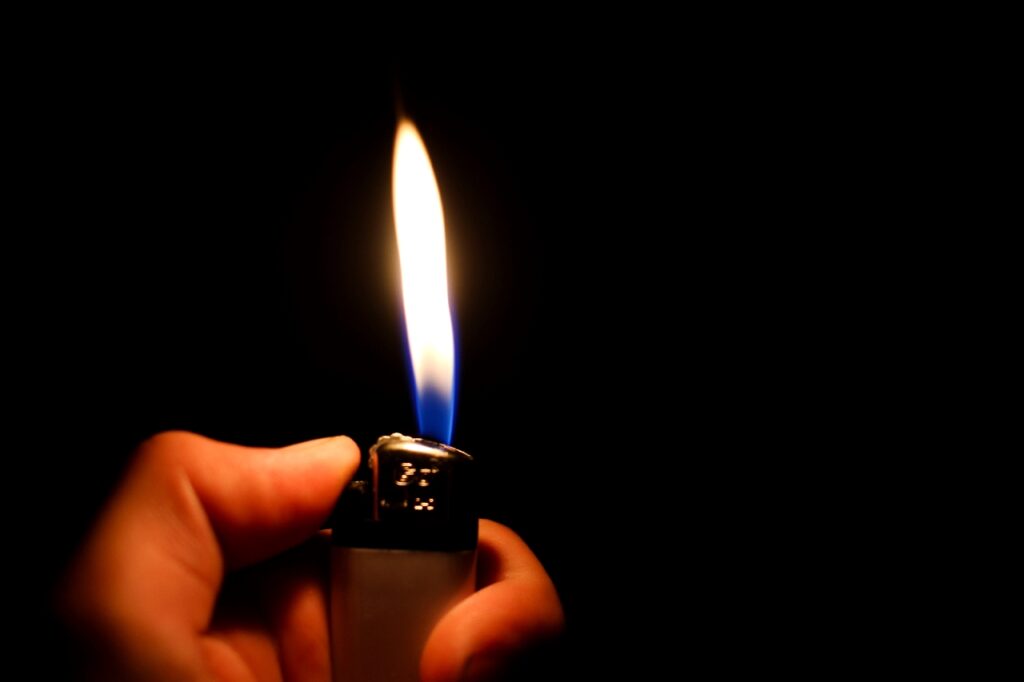

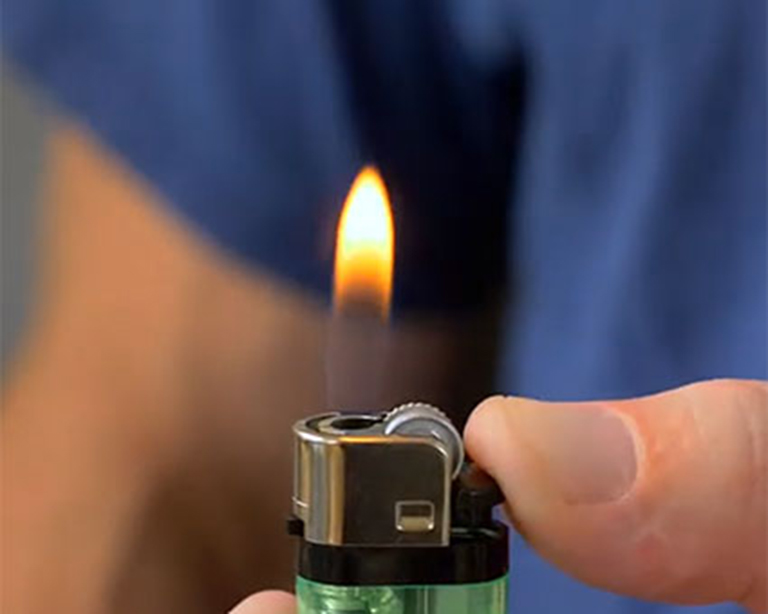

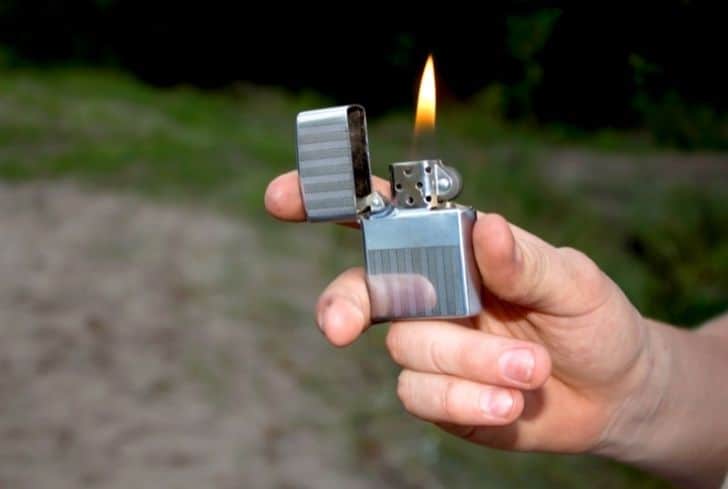
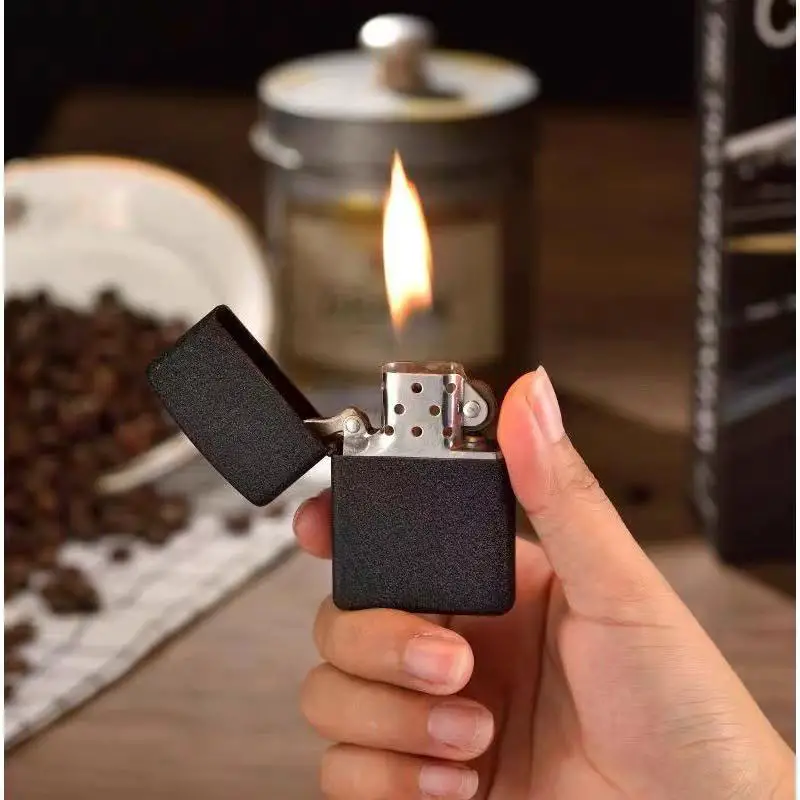
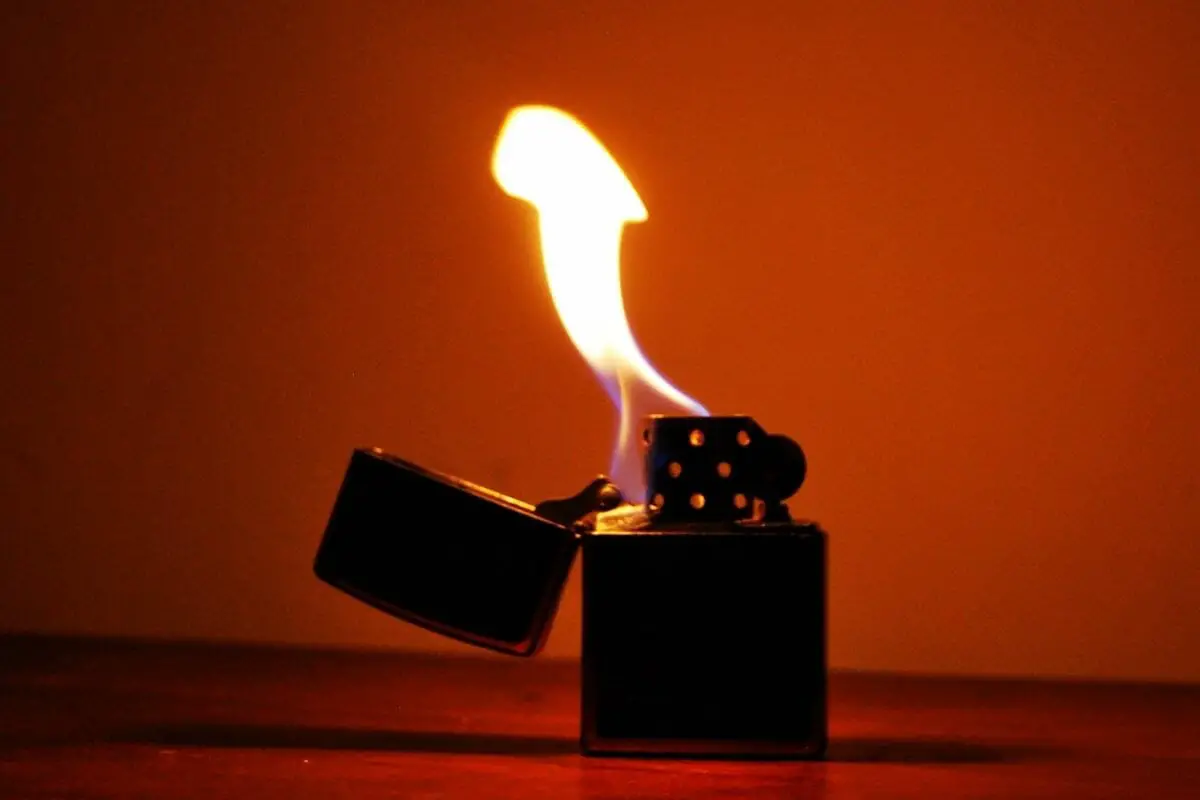


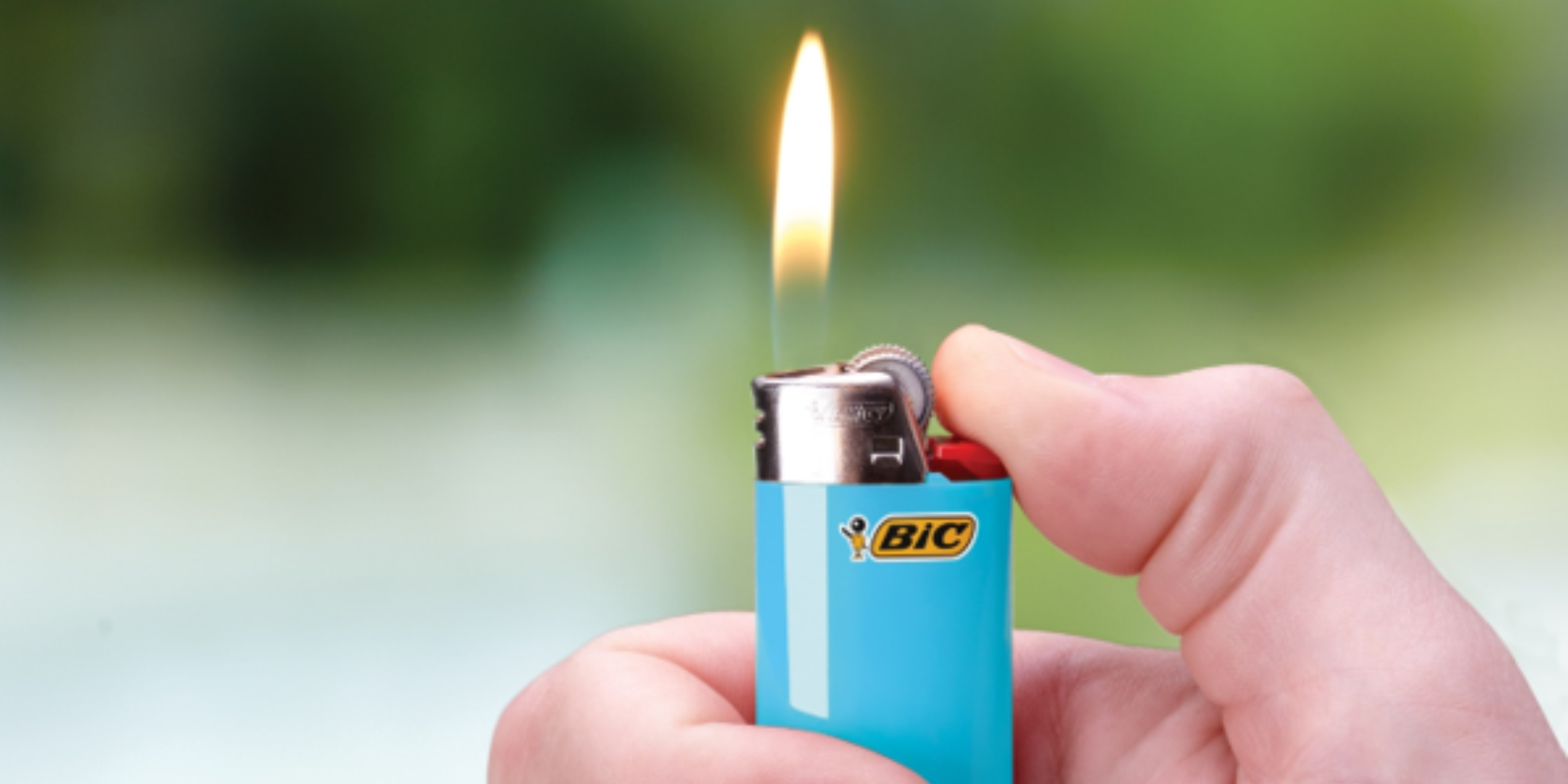


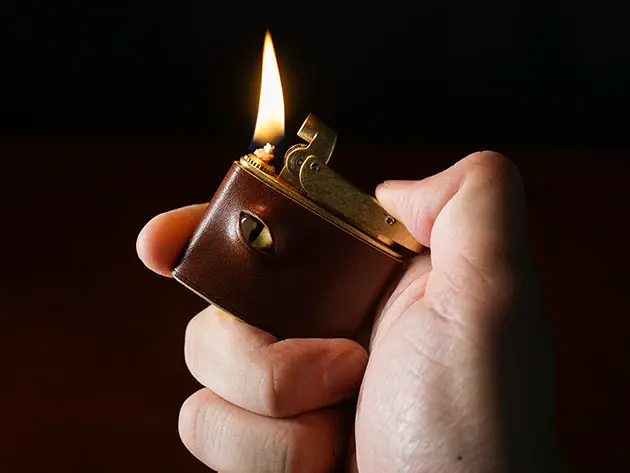
.jpg)

